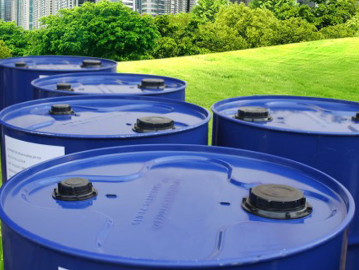
Fire Safety at Your Fingertips: Choosing the Right Silicone Fire Sealant
In today's world, it is essential to prioritize fire safety, whether it be in residential or commercial buildings. One commonly overlooked aspect of fire prevention is the use of fire sealants. These sealants play a crucial role in containing and limiting the spread of fire, providing valuable time for occupants to evacuate and for firefighters to control the situation. Silicone fire sealants, in particular, are widely used due to their excellent fire-resistant properties. However, choosing the right silicone fire sealant can be a challenging task. This article aims to provide guidance on selecting the most suitable silicone fire sealant for your specific needs.
1. Fire Ratings
Fire ratings are used to classify the fire-resistant properties of materials and products. When selecting a silicone fire sealant, it is crucial to focus on its fire rating. The most common fire rating for sealants is the ASTM E-84 standard, which measures the material's flame spread and smoke density. Look for silicone fire sealants that have a Class A fire rating, as they offer the highest level of fire resistance.
2. Temperature Resistance
Another important factor to consider when choosing a silicone fire sealant is its temperature resistance. During a fire, temperatures can reach extreme levels, and the sealant needs to withstand these conditions. Look for sealants that have a high-temperature resistance, typically above 300 degrees Celsius. Choosing a sealant with lower temperature resistance may result in the material melting or losing its fire-resistant properties during a fire.
3. Flexibility and Adhesion
Silicone fire sealants are commonly used to seal gaps, joints, and openings in fire-rated walls, floors, and ceilings. Therefore, it is crucial to consider the sealant's flexibility and adhesion properties. A good silicone fire sealant should be able to stretch and move with the building materials without cracking or losing its seal. It should also have excellent adhesion to various substrates, such as concrete, steel, and glass. To ensure proper adhesion, look for sealants that are specifically formulated for fire-rated applications.
4. Smoke and Gas Resistance
During a fire, smoke and toxic gases are significant causes of mortality and injuries. Therefore, a silicone fire sealant that can restrict the passage of smoke and gases is highly desirable. Look for sealants that have been tested and certified for their smoke and gas resistance properties. Silicone fire sealants with low smoke and low toxicity ratings are preferable to minimize the health hazards associated with fires.
5. Ease of Application
Finally, consider the ease of application when choosing a silicone fire sealant. Look for sealants that come in a user-friendly packaging, such as cartridges or easy-to-use squeeze tubes. The sealant should be easy to apply and offer good workability, allowing for smooth and efficient installation. Additionally, consider the curing time of the sealant, as it should be capable of reaching its full fire-resistant properties within a reasonable timeframe.
In conclusion, selecting the right silicone fire sealant is essential for ensuring fire safety in buildings. When making your decision, consider factors such as fire ratings, temperature resistance, flexibility and adhesion, smoke and gas resistance, and ease of application. By choosing a silicone fire sealant that meets these criteria, you can have peace of mind knowing that you have taken a proactive step towards fire prevention and safety. Remember, fire safety is in your hands, and by choosing the right silicone fire sealant, you can have fire safety at your fingertips.